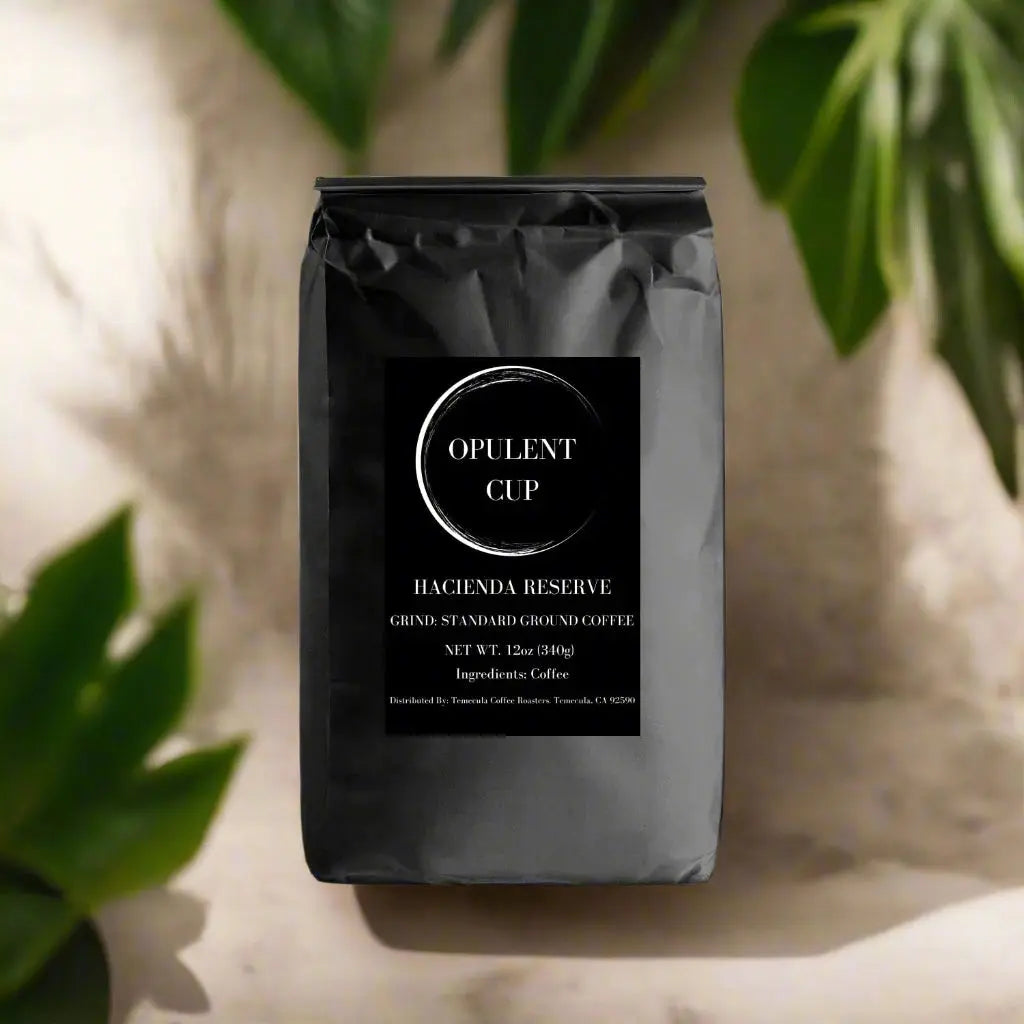Overview
Single-origin coffees offer unique flavors tied to specific regions, while blends create balanced and complex profiles by combining various beans. Both have their advantages and cater to different preferences. Experimenting with gourmet coffee recipes can enhance your experience with either style, and understanding your own taste will help guide your choices in the world of coffee.
Coffee aficionados often find themselves engaged in a spirited debate: Is it better to indulge in single-origin coffees or to enjoy the rich complexity of blends? The answer is not as straightforward as one might think. Both single-origin coffees and blends possess unique characteristics that can cater to different palates and preferences. This article aims to delve into the nuances of both styles, providing insight to help you make an informed decision for your next cup of coffee. Additionally, we will explore how these choices can influence your experience with gourmet coffee recipes and gourmet tea recipes, enhancing your overall enjoyment.
Understanding Single-Origin Coffee
As the name suggests, single-origin coffee refers to coffee sourced from a specific region, country, or farm. This type of coffee is celebrated for its distinct flavor profiles, which are influenced by various factors such as the climate, soil type, and altitude of the growing region. Enthusiasts often appreciate the purity and authenticity attributed to these coffees, showcasing the unique characteristics that define their origin.
The Flavor Profile
One of the most intriguing aspects of single-origin coffee is its ability to showcase specific flavors that reflect its terroir. For instance, a coffee from Ethiopia may exhibit bright acidity with floral and fruity notes, while a coffee from Colombia might present a smoother, nutty flavor profile. This variety allows for an exciting tasting experience, as each origin tells its own story through the cup.
Benefits of Single-Origin Coffee
- Unique Flavor Experience: Each cup offers a journey through the unique characteristics of its origin, making it a delight for the senses.
- Transparency: This coffee often comes with detailed information about the farm and the farmers, promoting ethical and sustainable practices.
- Variety in Selection: With numerous origins available, coffee drinkers can explore a vast array of experiences, expanding their palate.
For those who appreciate brewing their coffee through gourmet coffee recipes, single-origin beans can provide nuances that elevate home brewing into an art form. Whether using French press, pour-over, or espresso methods, the unique flavors of single-origin coffees shine through distinctly.
Exploring Coffee Blends
Coffee blends, on the other hand, are crafted by combining beans from various origins to create a balanced and harmonious flavor profile. Master blenders consider aspects such as acidity, body, and flavor notes to form a cohesive final product that appeals to a broader audience. This approach allows for creativity and innovation, resulting in blends that may offer complexity and deep flavor without the distinctiveness of a single origin.
The Craft of Blending
The art of blending is akin to that of a master chef combining spices and ingredients to create a delightful dish. Just as a gourmet chef would seek to balance flavors and textures, a coffee blender strives to achieve a specific taste experience. The interplay between different beans can lead to fascinating outcomes.
Advantages of Coffee Blends
- Consistency: Blends often provide a reliable flavor profile that remains consistent across batches, making it a favorite among many coffee drinkers.
- Complexity of Flavors: By combining various beans, blends can deliver intricate flavor profiles that can be tantalizing and multifaceted.
- Versatility: Blends can cater to a wide range of preferences, making them suitable for diverse audiences.
For those who enjoy experimenting in the kitchen, coffee blends can be easily incorporated into various gourmet coffee recipes, creating captivating beverages that may surprise even the most discerning palates. A simple espresso blend might transform a latte into a luxurious beverage experience.
Comparative Analysis: Which is Better?
The question remains: is single-origin coffee superior to blends, or vice versa? The answer largely hinges on individual preferences. For those who cherish the unique essence of a particular region, single-origin coffees may be the ideal choice. Conversely, aficionados who appreciate balanced flavors and complexity may find blends more satisfying. Both types offer distinct and enjoyable experiences.
Pairing with Gourmet Recipes
Regardless of your choice between single-origin coffees and blends, embracing gourmet coffee recipes is a fantastic way to enhance your coffee experience. From the classic espresso to innovative flavored concoctions, the versatility of both styles opens the door to countless recipes that can delight your taste buds. Furthermore, many coffee recipes can complement gourmet tea recipes, allowing for a delightful fusion of flavors and aromas.
Crafting Your Coffee Journey
Beginning your exploration of premium coffee blends and single-origin coffee can be a thrilling adventure. Consider starting with a tasting journey that allows you to experience both varieties side by side. Note the differences in aroma, flavor, and mouthfeel. Take your time to savor the experience, noting how each cup impacts your palate.
The Role of Preparation in Flavor Delivery
How you prepare your coffee can significantly influence its flavor. Single-origin beans may require specific brewing techniques to highlight their best attributes while still providing room for experimentation. For instance, a pour-over method could accentuate the bright acidity of a single-origin Ethiopian coffee, whereas a French press may work better for a robust blend. So, delve into the world of coffee brewing techniques and discover how different methods can unlock distinct qualities within both single-origin coffees and blends.
Developing Your Personal Preference
Understanding your own taste preferences is critical in determining which type of coffee suits you best. Take note of the flavors you gravitate toward—do you favor the crisp brightness of citrus notes or the comforting warmth of chocolate undertones? Your preference will guide you in selecting either single-origin or blended coffees that resonate with your taste buds.
- Consider keeping a coffee journal to document your experiences.
- Sample various brews during your coffee routine to discover hidden preferences.
- Attend coffee tastings or workshops to learn from experts and broaden your palette.
The Final Sip: Finding Your Coffee Bliss
Ultimately, whether you lean towards single-origin coffees or premium coffee blends, both options present unique pathways to discovering the vast world of coffee. The key is to remain open-minded and adventurous in your explorations. With the ability to integrate gourmet coffee recipes and experiment with brewing techniques, your coffee journey can be as enriching and diverse as the flavors themselves. Remember, coffee is not just a beverage; it is a celebratory ritual that has the potential to bring joy and connection. Embrace the journey, and let your coffee choices reflect your personal taste and preferences.

